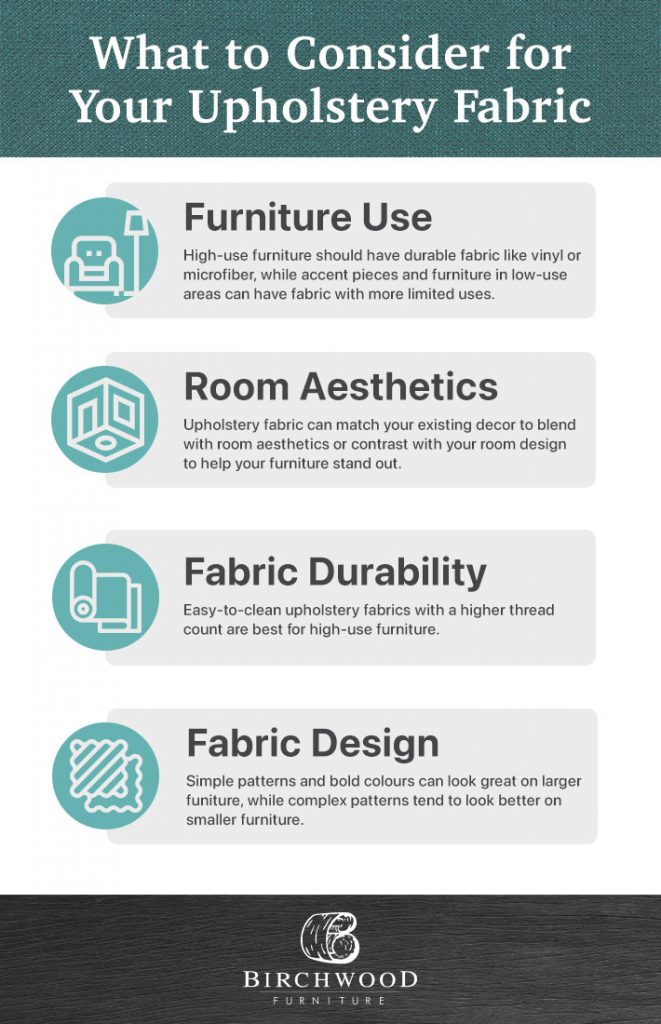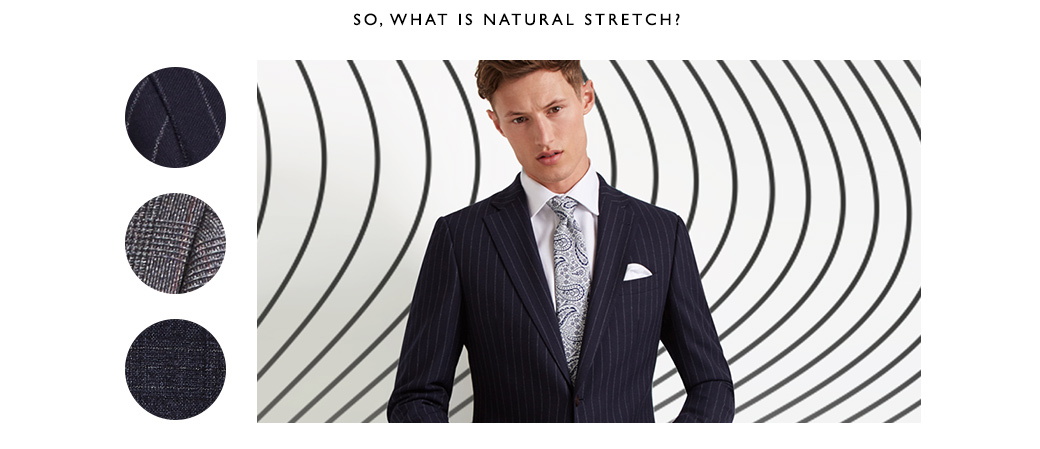All about All 4 Way Stretch Fabrics
All about All 4 Way Stretch Fabrics
Blog Article
All 4 Way Stretch Fabrics Fundamentals Explained
Table of ContentsAll 4 Way Stretch Fabrics Can Be Fun For EveryoneHow All 4 Way Stretch Fabrics can Save You Time, Stress, and Money.The 7-Minute Rule for All 4 Way Stretch FabricsAn Unbiased View of All 4 Way Stretch FabricsAll 4 Way Stretch Fabrics - QuestionsSome Known Factual Statements About All 4 Way Stretch Fabrics The 7-Minute Rule for All 4 Way Stretch Fabrics
As I also desire UV security from my garments when I go out, I would choose a largely woven cotton textile. Also the underwear is much better in cotton (No spandex bands anywhere near the skin). Take a look at the most effective textiles appropriate for making summer season garments. One even more factor to consider when purchasing the material is the way it will after washing.A sure thing would be to get at least 10% additional material. If you can get preshrunk material, this is the finest. Preshrunk textile will have tags that will state" and so on. If you are looking for a textile that will not stretch or lose shape, you can look for the "anti-sag" label.

If you are matching the color, like picking the cellular lining for the primary material or picking material to include as trim, this is particularly vital. The textile showrooms will typically have a light well where you can see the textile in sunlight (or a window with excellent light from outside).
The Best Guide To All 4 Way Stretch Fabrics

Most textiles are about 44 wide. When you go to get material, price quote just how much you want first and then most likely to the shop. Examine out this post to recognize the response to this frequently heard inquiry "Exactly how much fabric do I require". With a fat quarter, you will certainly get an 18 wide by 22 long.
Some great deals can be had this method. In dressmaking, we get textile by the yard/meter.
Examine This Report on All 4 Way Stretch Fabrics
In a quarter of a backyard, you get a 9 by 44 strip of fabric, which is regarding 22 centimeters in size. According to the size of fabrics, they might be called single-width and double-width.
You can discover more about yard to meter conversion below. Look into this blog post on checking out a measuring tape Select fabrics that are not as well hard or stiff, or you wouldn't be comfortable in them. Linen, Denim, flannel, For chillier environments, choose woollen (100% along with woollen blends) wool tweeds, woollen crepe; it basically depends upon what pants you are discussing Tailored trousers, Unstructured Pant, Combined, Pants.
All cotton materials are excellent for youngsters. Knit fabrics are also great for children you can go for wool knits.
Some Known Details About All 4 Way Stretch Fabrics
Have a look at this message on the ideal material for clothes for children and kids for even more information on this topic. Light-weight cotton is my favorite to stitch skirts. Cotton yard cloth in lovely prints is terrific. Silk jersey is a wonderful fabric for stitching skirts, as is Ponte Roma knit textile.
Drapey rayons, soft woollen, lycra blends, and stretch velvets are all suitable for sewing skirts. Woollen (Woollen crepe has an excellent drape and provides sufficient framework for jackets; woollen tweeds are fantastic as well), Linen & Flannel. Raw silk, satin, taffeta, velour, Shoelace, silk chiffon, and Fabric are all fantastic for making dresses.
You can purchase medium-weight textiles with some spandex/elastane added for a fitting bodycon-type gown. For drapey dresses, you can pick light-weight materials. Crepe, challis, and charmeuse are all drapey fabrics matched for this style.
Lightweight cotton fabric, Cambric, Chintz, Twill, Faille, Seersucker, Poplin, lightweight woven broadcloth, batiste, bed linen, eyelet are good for making t shirts and blouses. Silky satin fabric is good for making ventilated tops. When getting formed fabric (most of the formed fabric comes with a size of 45 or 54 inches), there will certainly be pattern repeat in these textiles, and this must be taken right into consideration when cutting material as well as getting them i.e., if you desire to match the patterns at the joints.
Rumored Buzz on All 4 Way Stretch Fabrics
The themes will certainly be distributed in an organized style on the fabric. You may see sometimes If the print is not go to this web-site positioned on the material correctly, it can not be matched or lined up when created without misshaping the material and the hang of the garment.


The fabric weight is dependent on many elements like the weave, fiber kind, etc and is typically denoted by GSM. GSM can vary from 60 -700; 700 being the GSM of extremely premium woolen fabric.
Yet something you have to remember is that greater textile weight does not signify greater material quality (cycling jersey). It simply is an indicator of the viability of the textile for a certain job. You can pass by high fabric weight textile denim for a light-weight floating shawl. Knowing the textile weight is useful when comparing the very same kind of fabrics, but even this will depend upon its application.
In a nutshell, the most vital requirements to look for in the textile you buy are as complies with (https://padlet.com/rayherrera33101/all-4-way-stretch-fabrics-qd1o6grjxgjfwzca). The number of strings per inch of fabric (yarns-per-inch).
The Buzz on All 4 Way Stretch Fabrics
In high-grade fabric, this equilibrium (either in numbers or in size) will always be kept. Processes used on textile to boost look and performance.
A two-ply yarn transcends to a single-ply yarn.
If you are getting ready to begin a new embroidery job, choosing a textile will certainly be one of the most crucial action when you decide what you want to make. After you've mosted likely to all the difficulty and expense of getting the stitching machine you love, a pattern you like, and a textile you like, you desire the finished item to be a success, right? One way to accomplish that is to begin by seeing to it your textile is genuinely right for the task.
All 4 Way Stretch Fabrics Fundamentals Explained
Just how do you understand which fabric will give you the ideal result? Picking a material just due to the fact that you like the print or layout on it isn't always the ideal approach - cycling jersey.
In order to prevent doing an entire project for essentially nothing, we've compiled some tips to assist you decide which textile is right for your job. Let's claim you already have a task in mind; exactly how do you find the appropriate fabric for it?
After that, assume of the features you want the ended up product to have. If apparel, will it be fitted or loosened? Dressy or everyday? For cozy weather or cold? Do you want a strong shade or a print? If you are making a non-wearable product such as a pillow cover or potholder, use a durable fabric such as canvas.
There is so much info available regarding textiles, their features, and their uses, it can reach be frustrating! Do not try to take it in all at once; simply begin with the job at hand. Learn all you can concerning the material you make use of for this one task.
Report this page